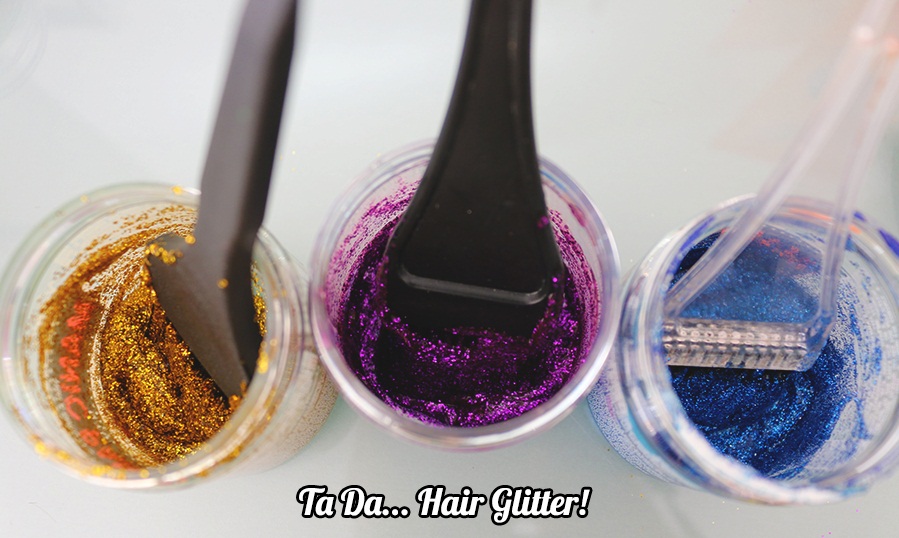Glitter
If you use glitters and tinsel, then you know how difficult it is to clean them. In the aftermath of using such products, you can still find great particles in the body, in hair, on clothes, anywhere ....

Glitter are microplastic. They can be found in numerous cosmetic products in the form of microparticles. Making glitter is simple: tiles of the copolymer are painted, and then, for reflection, aluminum foil is placed on it.
Due to static electricity, glitter are easily adhered to the surface, therefore it takes several weeks to completely remove them.
Namely, these glitter, just like heavily degradable plastic waste that sweeps the planet Earth, pollutes the waters and oceans, creating in them a "plastic smog" that destroys both the sea and the land.
The most important thing to know is that glitter are not only sticked on surfaces and our body, but also in our internal organs. By inhaling and damaging the skin, these particles are absorbed even into our bloodstream!
Glitter pieces can easily get into eyes and damage the cornea, which increases the risk of infection and permanent visual impairment.
Due to all the harmful effects on human health and the planet, numerous environmentalists are urging an immediate ban on the use of glitter.
Great Britain plans to completely ban cosmetic products such as scrubs and face gels in 2018, which contain microgranules (similar to seals), and in some British preschools it is already prohibited to use glitter.
Michael Gove from United Kingdom Environment Secretariat claims that glitter are dangerous for the environment we live in. When we removed them from body, glitter drop out into the washbasin, they pass through sewers and into oceans, then they are converted into microplastic, which is one of the biggest polluters of the planet Earth, and can not be degrade.
You do not have to give up glitter completely, just watch when removing them, they do not fall everywhere, and you can always buy those that are biodegradable.
